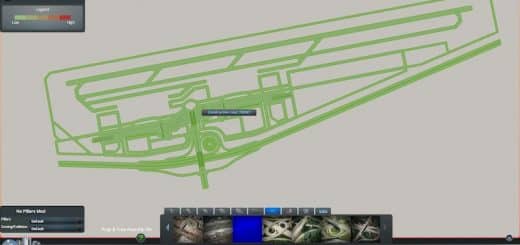



With the exception of ferries, stops are free. Depending on how extensive your network is, the depot alone can make up 70% of more of the total cost. These are all the transit types in the game by DLC:īuses (including biofuel buses and sightseeing buses), trams, and ferries all use similar mechanics.Įach of these transit modes spawn from depots, which are the most expensive fixed cost. My guide takes a different approach and expands upon it with some ways to apply the numbers to your city and includes additional transit types (i.e. Plan ahead and leave space for future transit systemsĪnother resource to check out is this guide: buses connecting local neighborhoods and metro/train connecting major downtown centers) Avoid bottlenecks (give multiples routes between high density/popular areas) Make it really easy for citizens to transfer between different types of public transit residential to jobs, tourism areas to unique buildings and commercial zones) Connect places that citizens want to get to (i.e. If you just wanna dive in anyways, the very basic transport principles are as follows: If you are brand new to the game or are not familiar with principles of transit, I recommend playing around with the different types of transportation and reading some introductory guides. While this is a not a transit-system design guide, a poorly designed transit system will simply not be profitable. The guide includes both specific calculations and numbers that help to make a profitable system as well as general tips. I also will touch upon cargo transportation and outside connections. This guide gives some tips to maximize income to expense ratio based on transit type. BUT that doesn't mean public transit networks should bleed you dry. The greatest value is reducing congestion and connecting residents/tourists to jobs/shopping. I want to begin by stating that the primary purpose of public transit is not to make a huge profit.


 0 kommentar(er)
0 kommentar(er)
